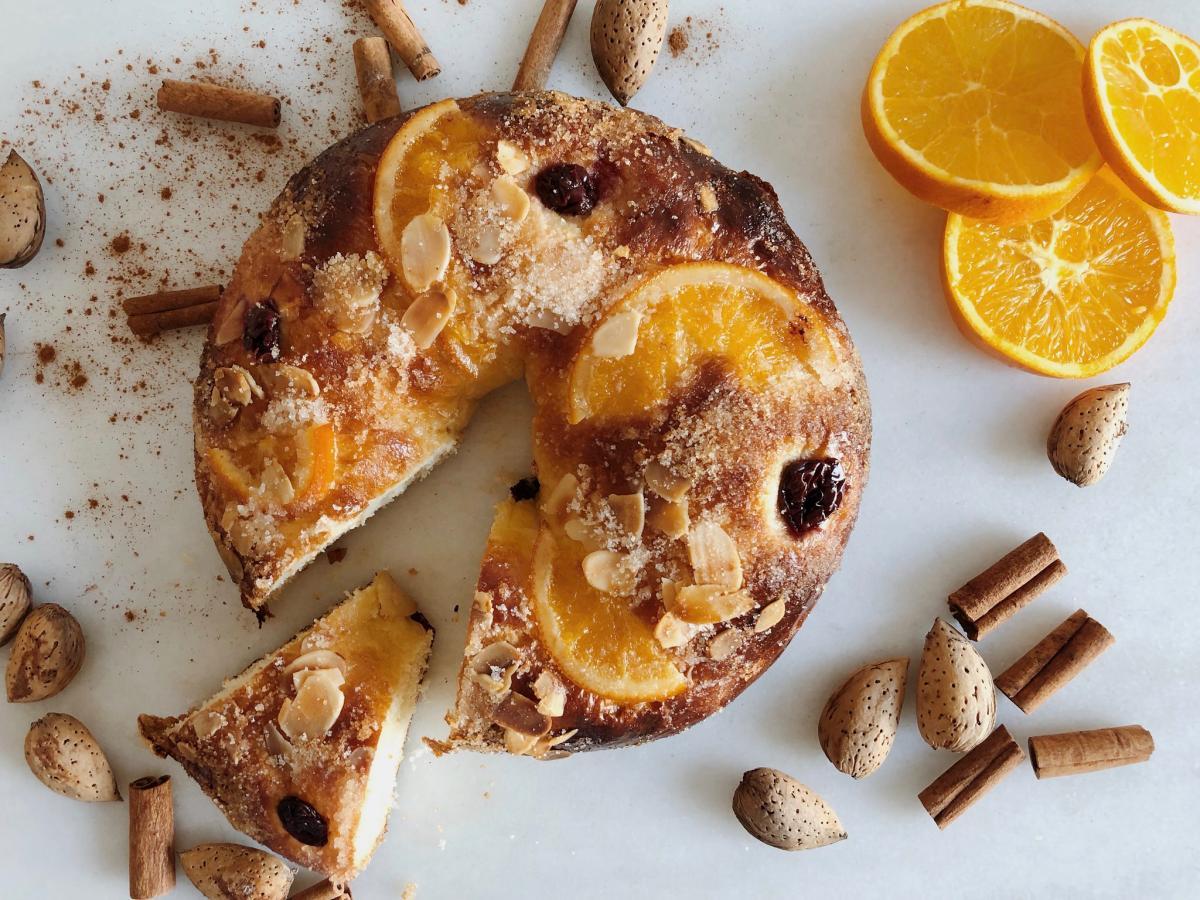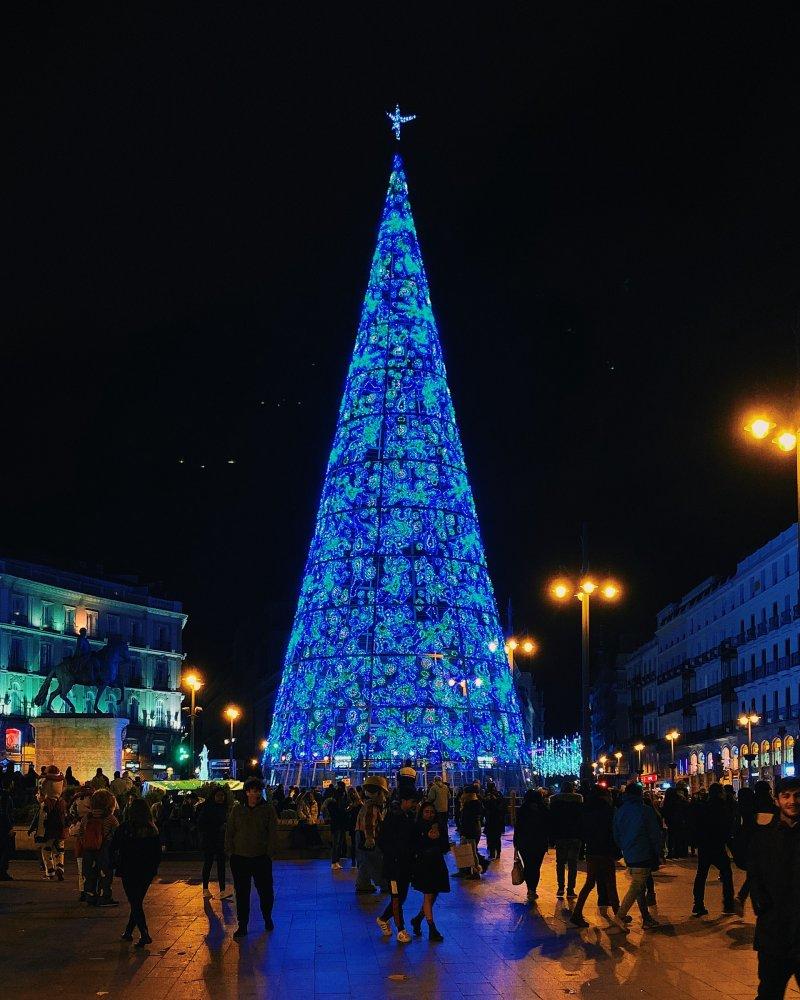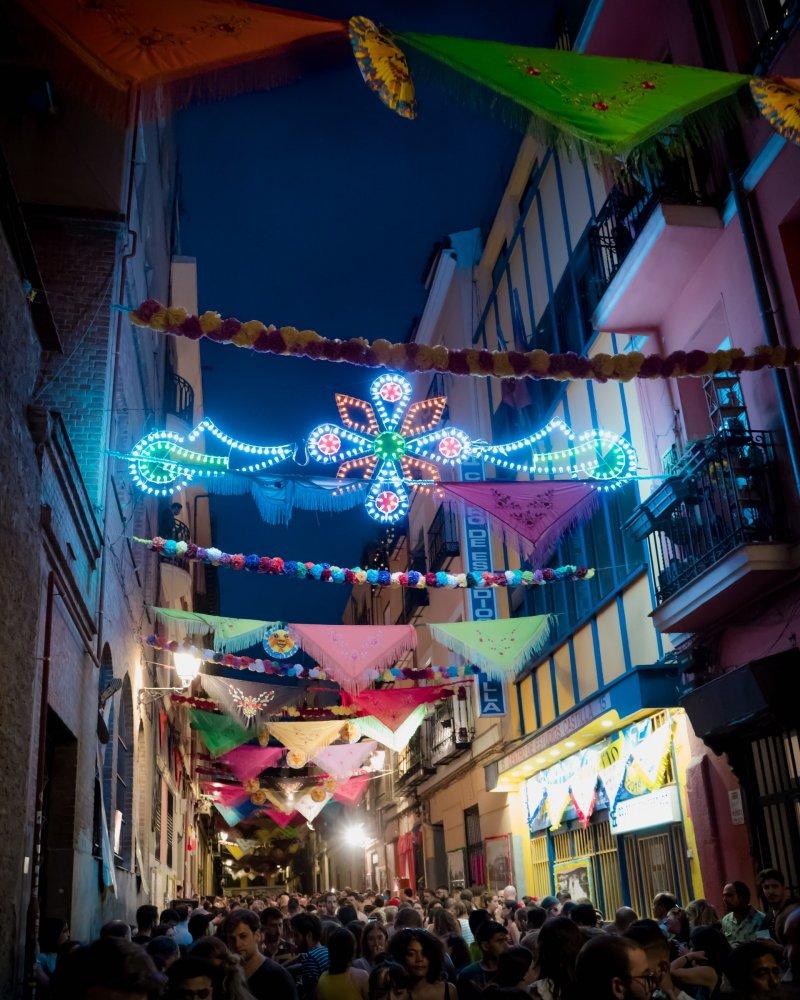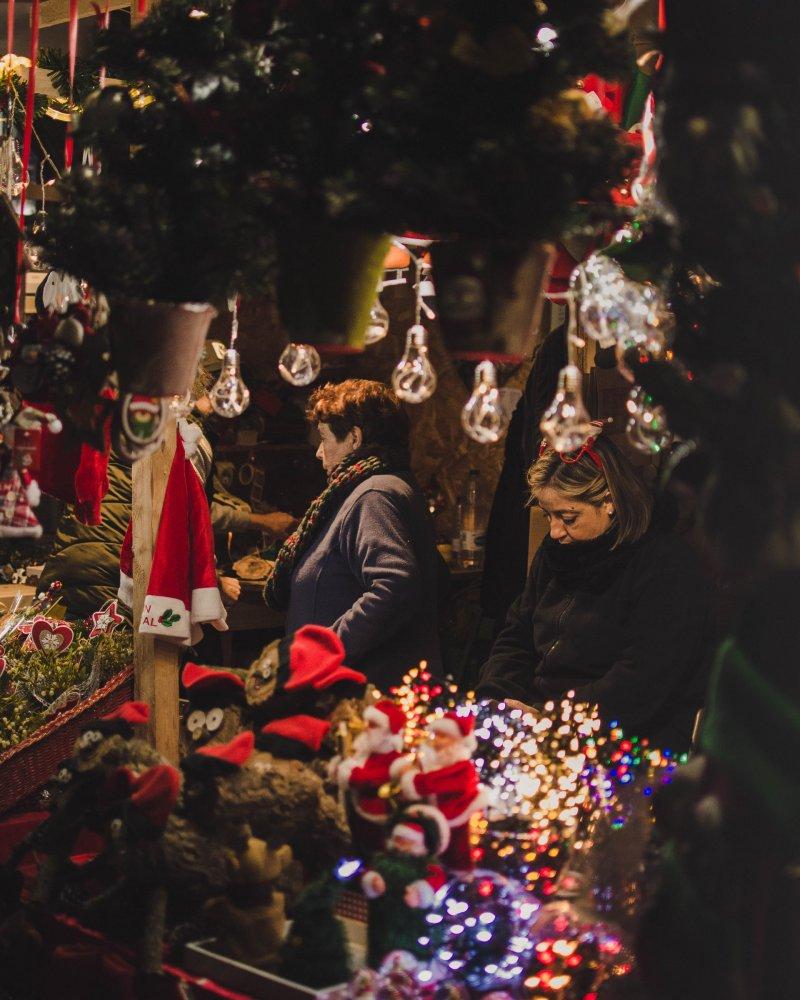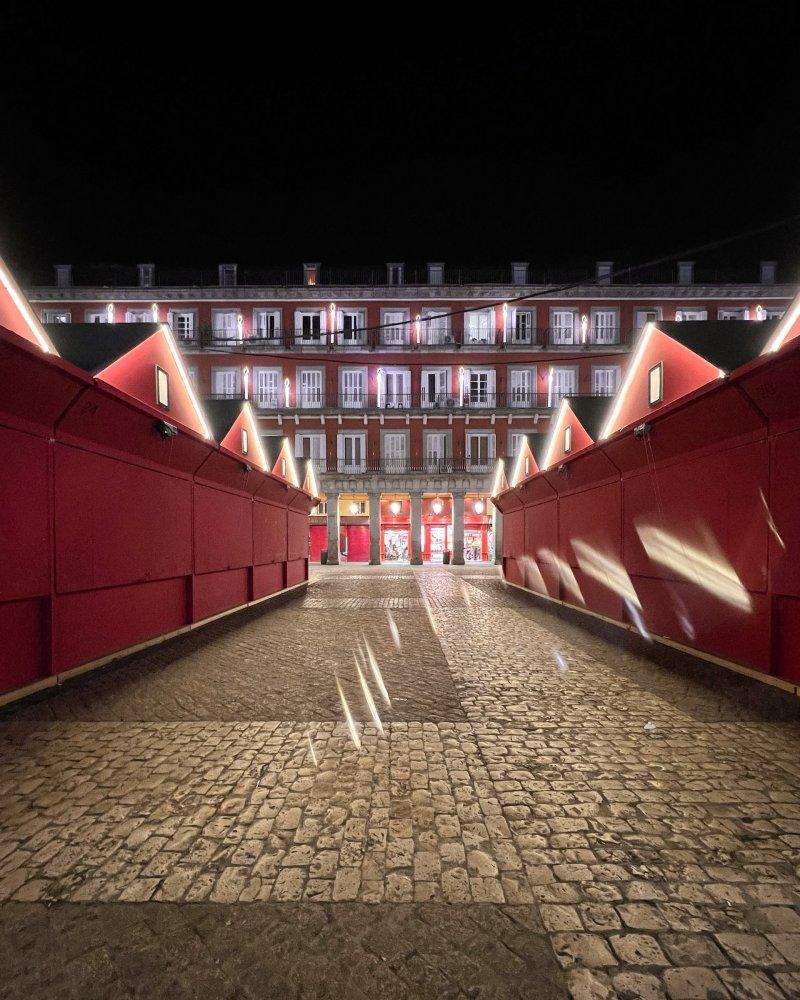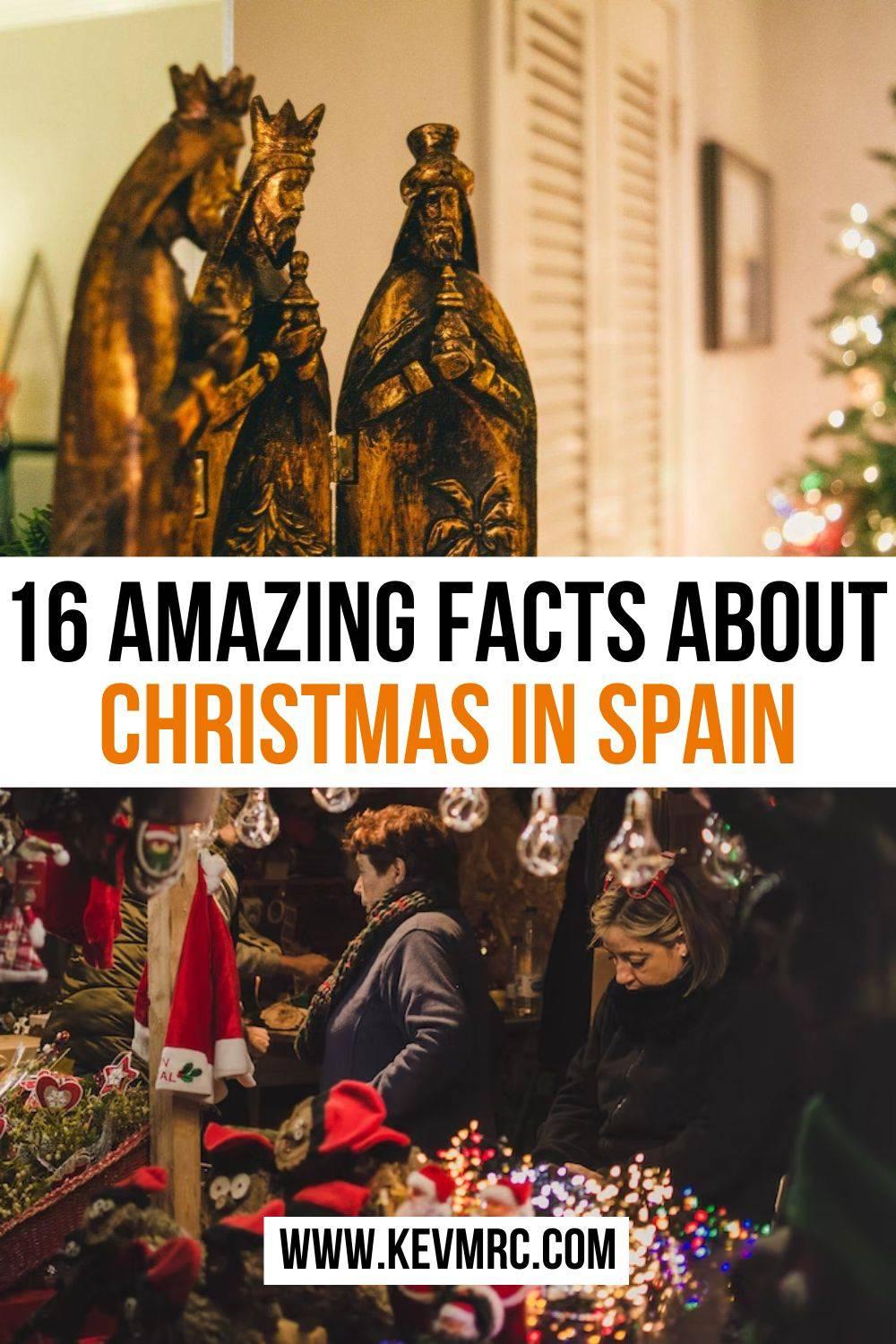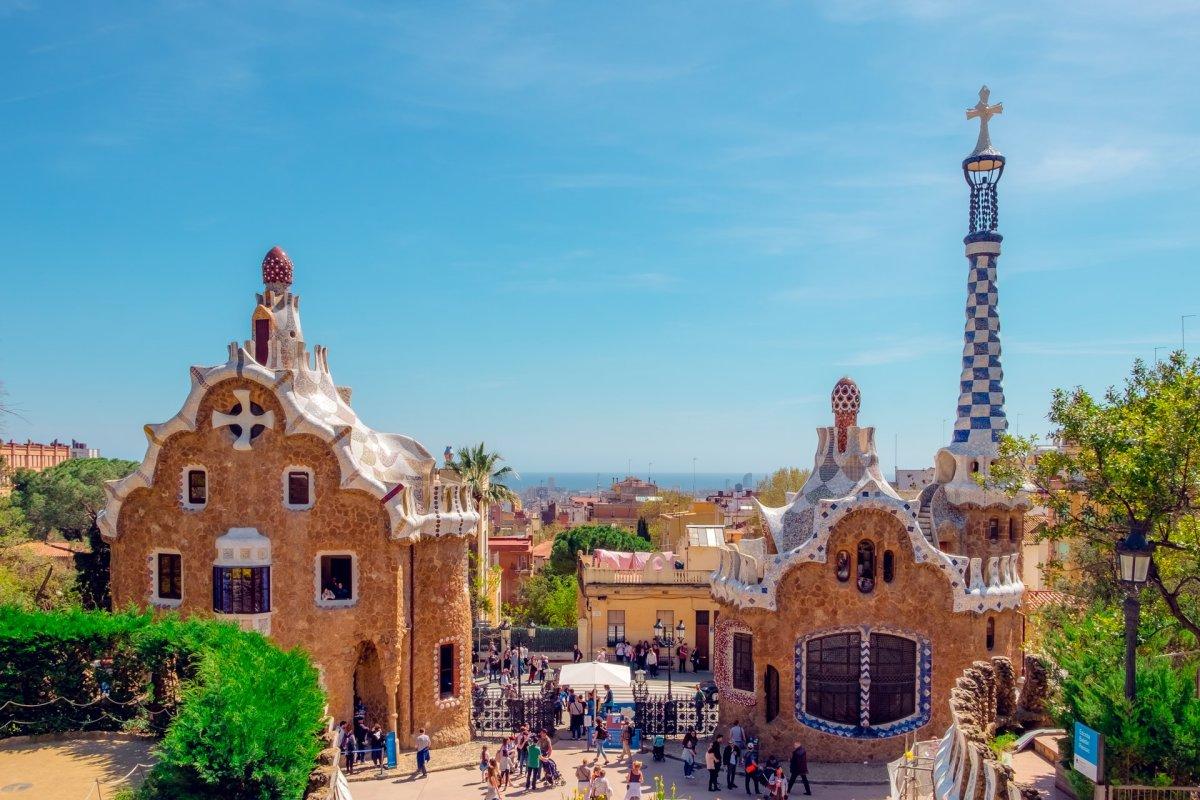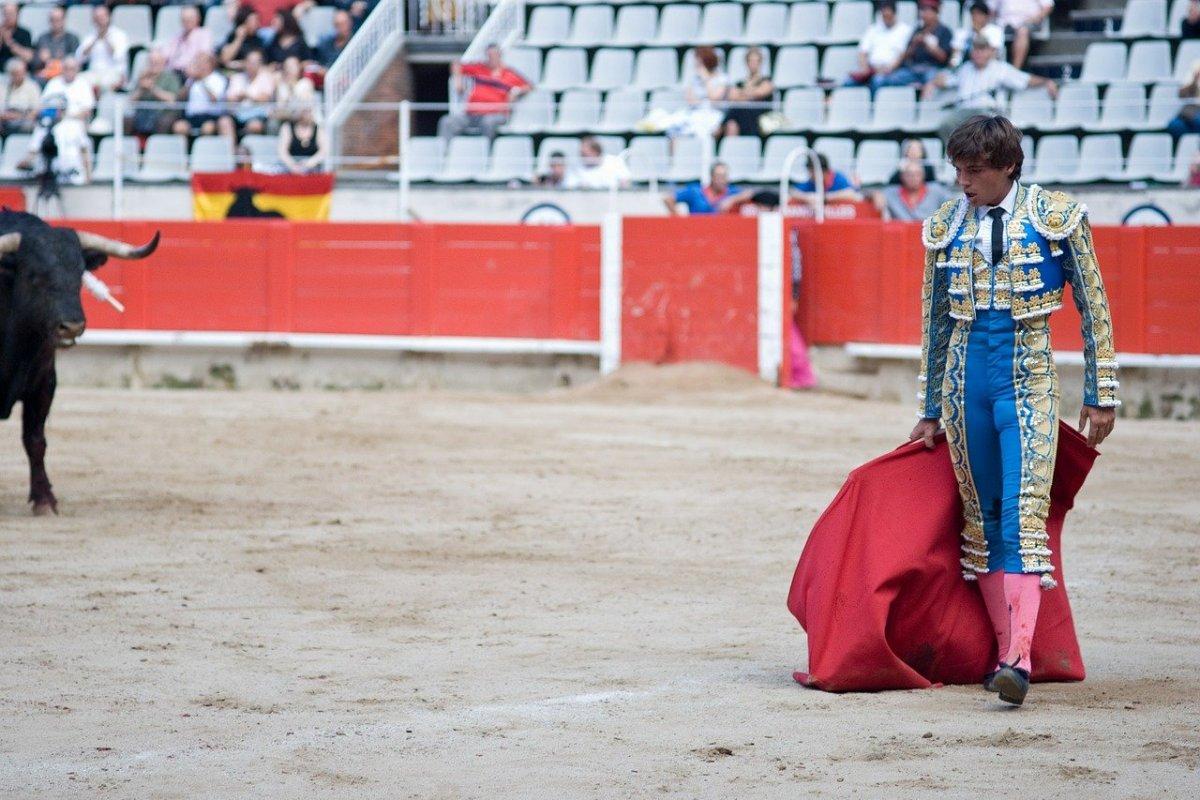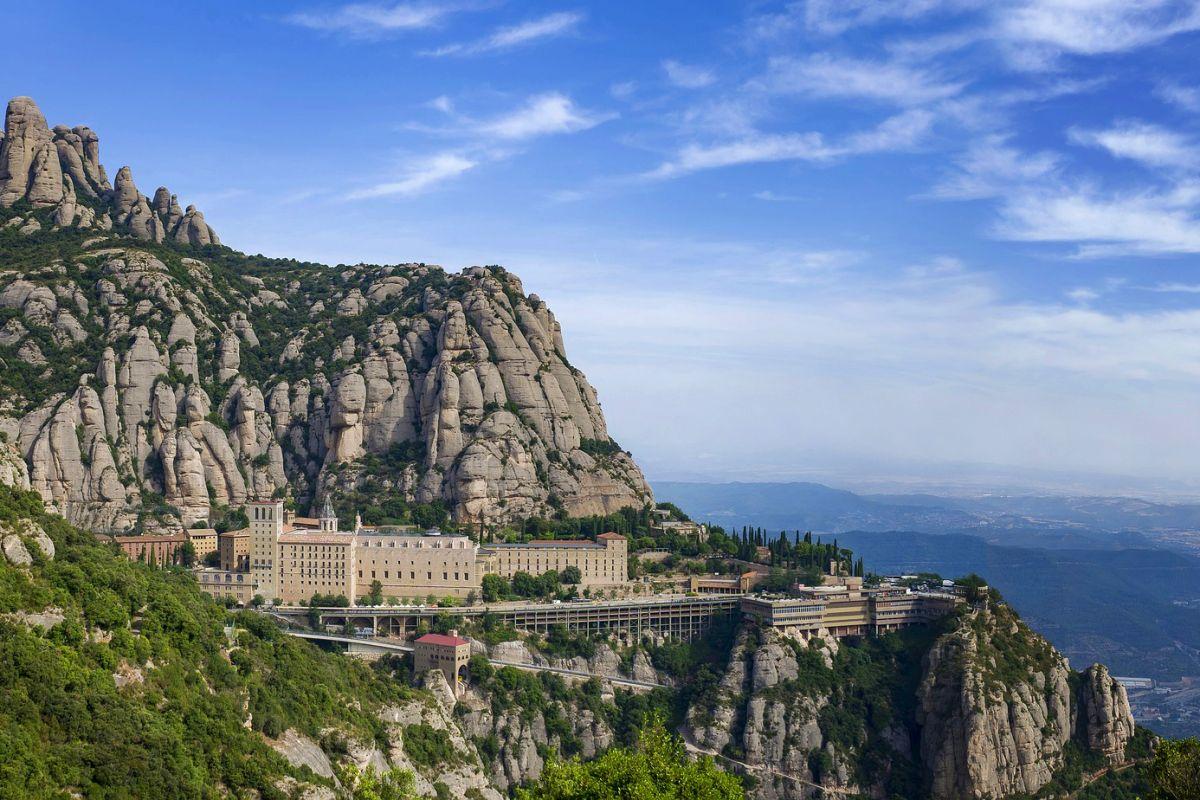16 Spanish Christmas Traditions (the best Christmas in Spain facts)
Spain is full of typical traditions handed down from generation to generation, marveling both young and old. For the most of Catholic roots, Christmas traditions in Spain are similar to those of other European countries.
However, there are some unique Spain Christmas traditions that you absolutely must know for this end of the year.
Discover 16 amazing Spanish Christmas traditions and facts in this post! 🎄🇪🇸
The Best Christmas Traditions in Spain
Christmas is one of the best times of the year. Filled with joy and love, everyone meets with their families, enjoys great meals, and, for the luckiest of them, gets kind gifts.
In Spain, just like in many historical countries, there are some unique customs. Here are 10 Christmas traditions of Spain:
1. Santa Claus does not come to Spain!
Santa Claus has many other names. Father Christmas, Saint Nicholas, or simply Santa are all ways to describe children’s favorite folkloric figures.
In Spain, there is no Santa Claus! Just like in Italy, some presents are given on Christmas, but most of them are opened on the Epiphany, January 6th. The “Reyes Magos”, the Three Kings, bring children their gifts. On the night before, on January 5th, you can see the Kings parading through the city across the country. The tradition is for kids to leave their shoes out after the parade, so the “Reyes” fill them with presents overnight.
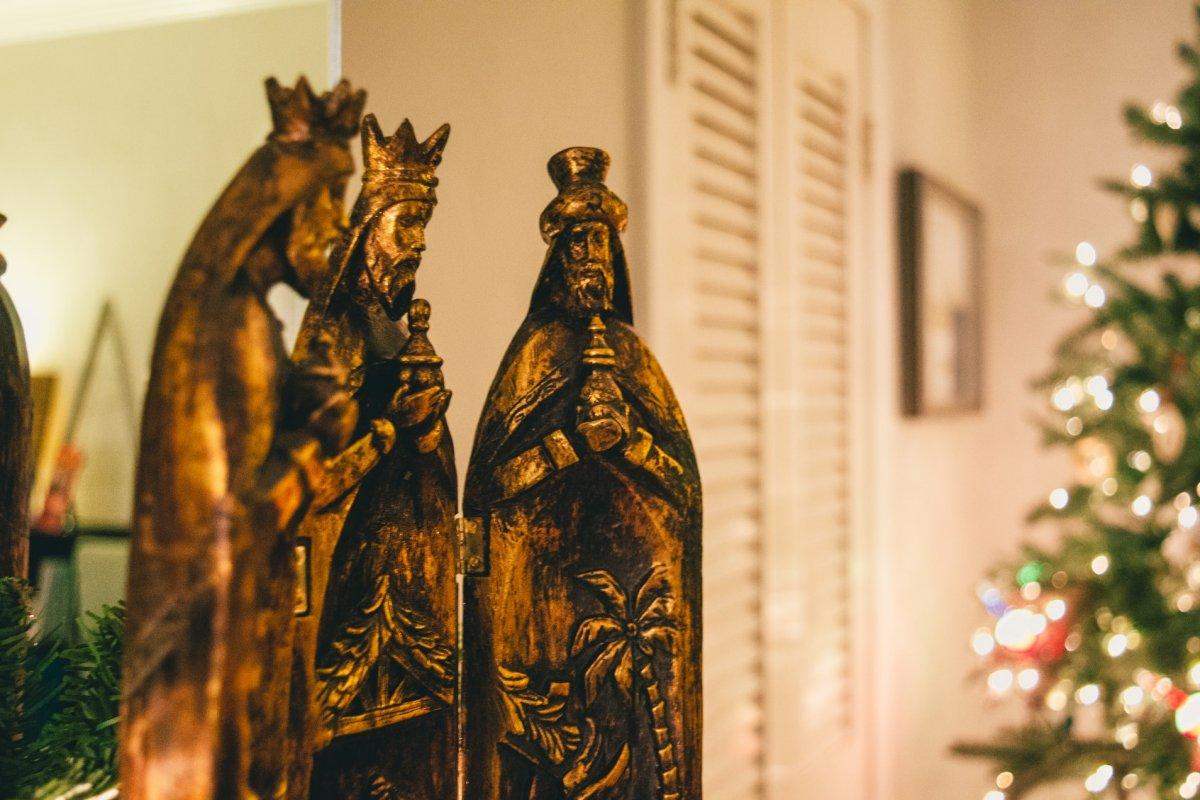
The Reyes Magos or Three Kings
2. People go to a midnight mass, “La Misa del Gallo”
The moment Christmas Day starts, right after Christmas Eve, at midnight, is the time where most Christians in Western countries gather and celebrate the Nativity of Jesus. It traditionally happens precisely at midnight, and it is one of the overall most important masses of the whole Christian religion alongside Easter Vigil.
In Spain, it is exactly the same as in most Western countries, since many Spaniards go to the Midnight Mass, locally called “La Misa del Gallo”, which means “The Mass of the Rooster”. It is said that it was first named that way because of a rooster who crowed during the night Jesus was born.
3. The biggest lottery draw in the world happens at Christmas, in Spain
Lottery draws are popular all around the globe, in many countries, and for special events they most of the time have very attractive jackpots. Because of that, in some places, the lottery is extremely coveted, and in some others, it is even a national tradition to organize a lottery for the whole country.
That is the case in Spain, where for Christmas, there is this huge lottery called “El Gordo”, which means “the fat one”. It is a very big deal because everyone plays it, and it is the biggest lottery draw in the world! It has happened on December 22nd since the year 1812, and school children even sing the winning numbers.
4. Spanish people don’t eat cake or pudding for Christmas
In Spain, unlike in the United Kingdom, you won’t eat any cake or pudding to celebrate Christmas. Instead, Spaniards love “Roscón de Reyes”, which is usually eaten the same day children get their presents (the Epiphany). It is a sugary bread ring with candied fruits and almonds, sometimes stuffed with whipped cream.
You can find a small figurine inside it from time to time, just like in French people’s Galette des Rois. The tradition has it that the one who chomps on the figurine gets good luck for the whole year, but the one who chomps on a fava bean has to buy next year’s “Roscón”.
5. The Basques have yet another unique Father Christmas
The Basques are, generally speaking, a truly unique community in Spain. The Basque country is located in the North of Spain, and people there have their own dialect and traditions.
One of them is dedicated to Christmas, and more precisely to their Father Christmas. You will not see anyone dressed in red and white with a long beard, but rather Olentzero, a mythical giant. It is dressed as a peasant and smokes the pipe. In Bilbao, on December 23rd, Olentzero parades through the city, getting ready to bring children presents a few days later.
6. Spanish April Fools’ Day is… right after Christmas
As you know, April Fools’ Day is a worldwide tradition happening on April 1st, in which jokesters prank other people, and shout “April Fools!”. Even mass media can be involved in this tradition, revealing completely wrong information, but they most of the time reveal it the day after.
In Spain, there is no April Fools’ Day, but rather a December Fools’ Day. It is actually called “El día de Los Santos Inocentes”, which means “the day of the Holy Innocents”, and it happens on December 28th. On this day, everyone pranks their friends and families, or simply dresses up funny.
7. Catalonia has a unique Christmas tradition: Caga Tió
Another unique and regional tradition in Spain is Caga Tió, which only happens in Catalonia, in the Northwest of the country. This region is famous for its will of independence, and its capital, Barcelona.
Caga Tió means “pooping log”. Children decorate a piece of log with a face, small wooden legs, a blanket, and a Catalan hat (“barretina”) and feed it with small pieces of bread every night. Then, on Christmas Day, they hit it with a stick while singing a song, asking it to poop out lots of nougats (“turrón”).
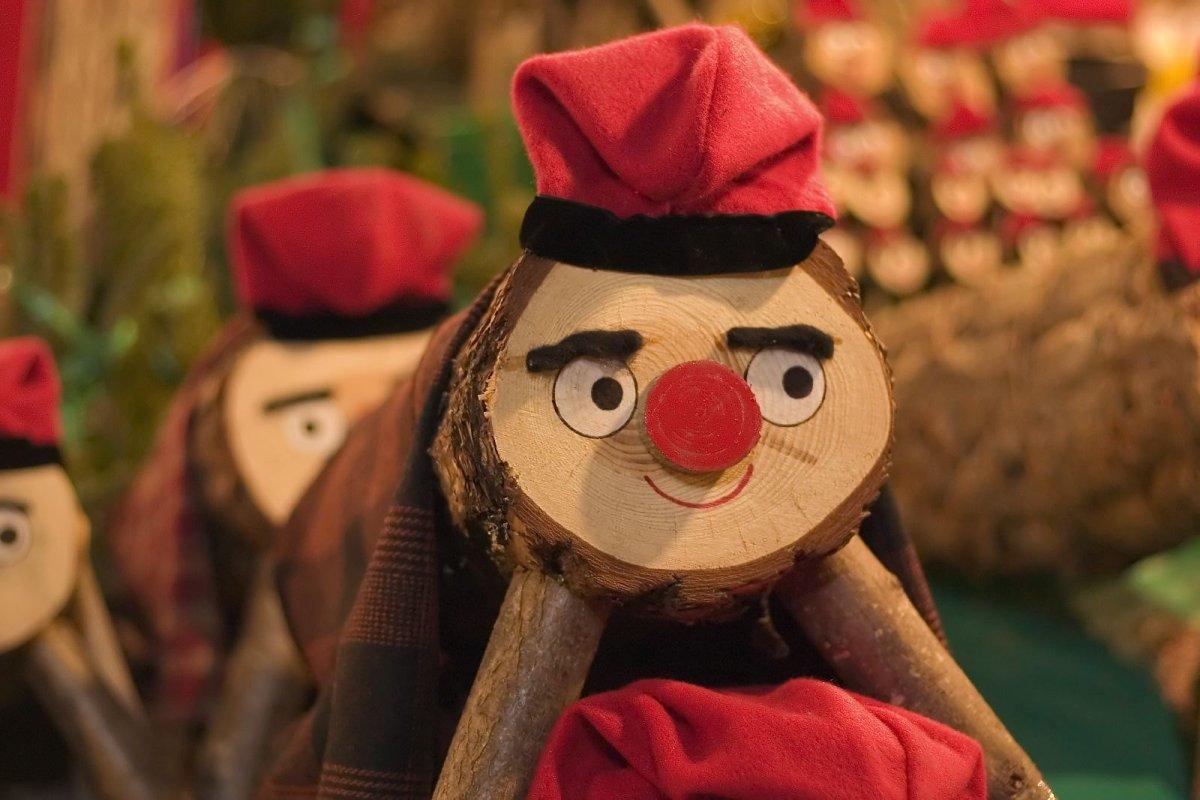
Greg Gladman / CC BY-NC / Caga Tió
8. “El Portal de Belén” is the traditional Spanish nativity scene
Bethlehem is situated 10 kilometers (6.2 miles) south of Jerusalem, Israel. It is famous for its great Church of Nativity, located on the supposed spot where Jesus was born.
Spain’s main religion is Christianism and just like in most Christian countries, there is a nativity scene for Christmas. It is called “El Portal de Belén”, and it is based on “Belén”, Spanish for “Bethlehem”. Usually, nativity scenes are quite straightforward, with a stable and all the most famous characters. “Beléns” however are extremely elaborate and can feature many different farms, houses, and characters. There are also living “Beléns” with real actors and animals.
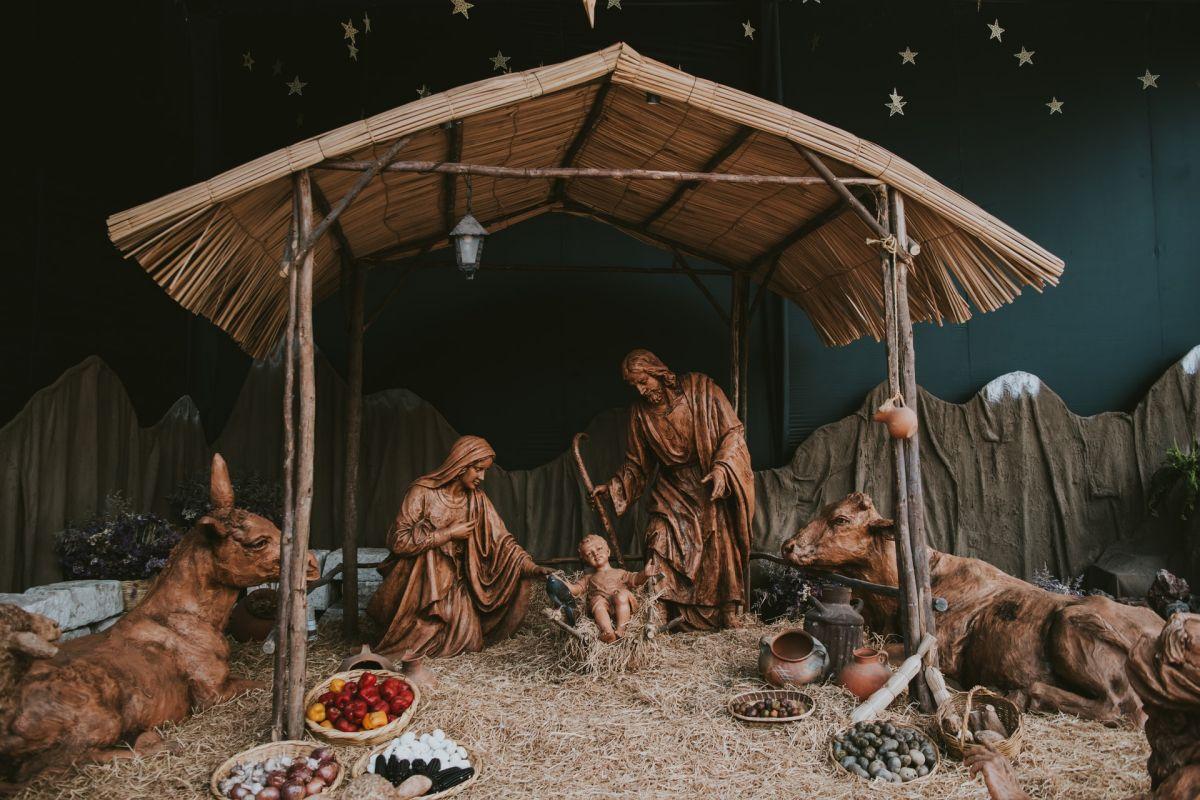
9. There is a tradition for New Year’s Eve related to grapes in Spain
About a week after Christmas, New Year is celebrated all around the globe. The most important event happens the night before, on New Year’s Eve, usually synonymous with celebration.
Spaniards have a unique tradition related to New Year’s Eve (“Nochevieja”, the Old Night), in which everyone has to eat grapes. During each of the 12 strokes of midnight, you have to add one grape in your mouth, and then eat them all. Each grape represents a month of the upcoming year, so that means that if you eat all of the grapes, you are said to be lucky for the next year.
Read more: Best European Destinations to Celebrate New Year’s Eve
10. An old tradition was for people to make noise in the streets after the midnight service
Some traditions tend to disappear as time passes by, for various reasons, such as different beliefs, or simple loss of popularity. This is one of them: not so popular anymore, there was an old tradition in Spain happening right after the midnight service.
People would walk through the streets, carrying torches, guitars and drums. They would play the guitar and the drums, and sing, shouting “Esta noche es Noche-Buena, Y no Es noche de dormir”, which means “Tonight is the Good Night and it is not meant for sleeping!”.
- Christmas tree on the Plaza del Sol, Madrid
- Christmas decorations in Madrid
And that’s it for the most important facts about Christmas in Spain, but keep reading, because I still have other ones to tell you about.
More Spanish Christmas Traditions
Some facts are more popular and well-known than others, but there are still some hidden gems that you might want to know about. Here are 6 more traditions in Spain for Christmas:
11. There are Christmas markets in every town in Spain
Strasbourg, France, is a very famous place because of its multiple Christmas markets. It is a city located right next to Germany, and it hosts tons of visitors every year in December.
Many other cities are having such lovely Christmas markets, and in Spain, they are also very popular and are called “mercados de Navidad”. You can find one of those in every city during December, and you can buy homemade gifts and decorations, flowers, and sweets there. The oldest and overall most famous Christmas market in Spain is “Fira de Santa Llúcia” in Barcelona.
- Barcelona’s Christmas market
- Madrid’s Christmas market on Plaza Mayor
12. Christmas begins on December 8th in Spain
The Feast of the Immaculate Conception (“Dia de la Inmaculada Concepción” in Spanish) is a day celebrating Mary getting freed on all sins from God, for her to conceive the Baby Jesus. It happens on December 8th, and on this date, every year since 1953, the Pope goes to “Piazza di Spagna” in Rome and offers expiatory prayers.
In Italy as well as in Spain, December 8th marks the beginning of the Christmas season, the start of the celebrations but also the decoration of the houses, the lights sparkling in the streets and the arrival of the “Beléns”.
13. Christmas Eve is bigger than Christmas Day for almost all of Spain (except Catalonia)
Christmas Eve, or “La Nochebuena” in Spanish (which means “the Good Night”), is actually more celebrated almost everywhere in Spain. It is the day where everyone comes together with their families and friends, and feasts on a great meal, bigger than the one on the 25th.
After the feast, small gifts are exchanged in the family, before they all go to the “Misa del Gallo” at midnight. Again, most of the gifts are kept for January 6th and the Epiphany, and in general Christmas Eve is more important than the actual day of Christmas in Spain.
14. The typical Christmas meal is filled with lots of food
Christmas day is a time to cool off, especially for people who have gone down the streets during “la Nochebuena”, dancing and singing. Families gather once more, in a relaxing atmosphere, to spend time together but most importantly feast once more.
The typical Christmas meal consists of “entremeses” (an appetizer with different meats), seafood, “cochinillo asado” (roasted pig), “galets” (pasta shells), “Roscón de Reyes”, “Marzipan” (a sweet made from almonds) and “Cava” (the Spanish equivalent of champagne). Depending on regions, you might see one or the other of those dishes, but it is usually a huge feast.
Read more: Learn everything about Spanish food
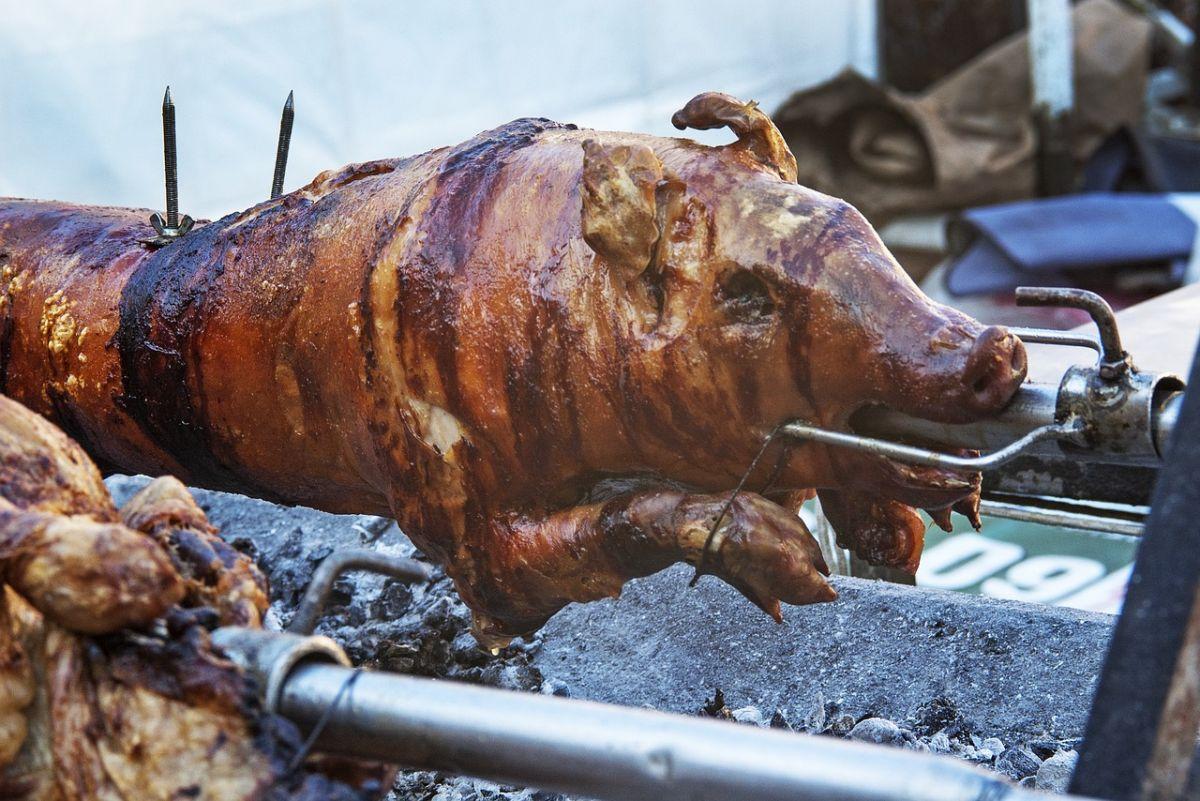
Traditional cochinillo asado
15. You have to wish a “Merry Christmas” in different ways depending on where you are in Spain
You might already know this, but there are multiple and various dialects in Spain, and continental Spanish has some differences from Latin American Spanish. Though people can still understand each other, as the dissimilarities are not that important, you might want to wish a “Merry Christmas” accordingly depending on where you are in Spain.
The general saying is “Feliz Navidad”. In Catalonia however, everyone will wish you “Bon Nadal”. In Galicia (extreme Northwest of Spain), people will say “Bo Nadal”. In the Basque country, once more unique, you will be greeted with “Eguberri on”.
16. “El Arrastre” is a unique tradition in Cádiz, in southwestern Spain
Cádiz is a coastal city, in southwestern Spain. It is one of the oldest inhabited cities in all Western Europe, and locals claim to have invented fried fish.
Cádiz has one of the most unique traditions of Christmas in Spain called “El Arrastre”, which means “The Drag”. It happens right before the arrival of the Three Wise Kings, on January 5th. On that day, children string empty cans to ropes and run around the whole city, making a lot of noise to remind the Kings to leave them gifts that night.
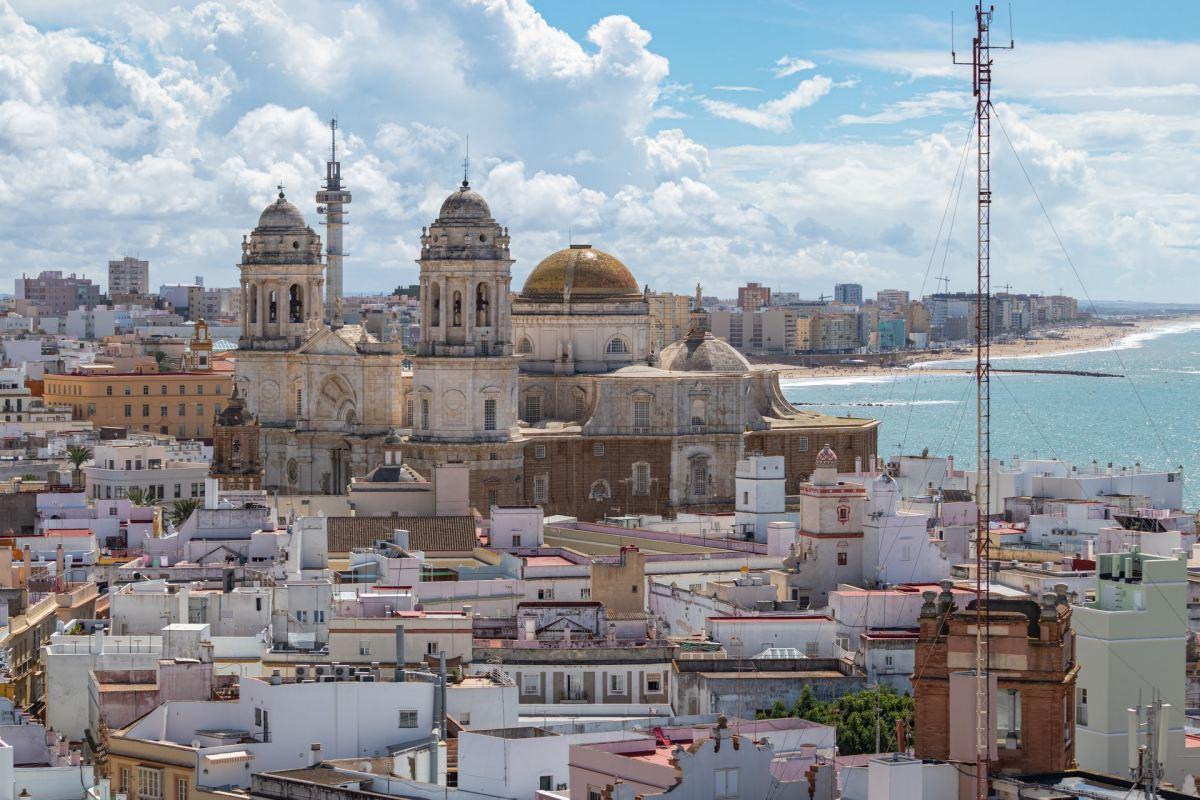
Cadiz
So there you have them, these are the 16 best Christmas in Spain facts, I hope you enjoyed them!
If you did, feel free to keep on reading, and be ready to learn more facts:
More Facts!
Did you like these Spain Christmas facts?
Well, I have more facts about Spain, I’m sure you’ll love reading them!
Here’s the main guide of the best Spain facts 👉 All the Facts about Spain
Check out these facts by city/region:
- Facts about Madrid
- Facts about Catalonia
- Facts about Bilbao
- Facts about Barcelona
- Facts about Seville
- Facts about Granada
- Facts about Malaga
- Facts about Valencia
- Facts about Castilla la Mancha
Or these Spain facts by topic:
- Facts about the Spanish language
- Facts about Semana Santa in Spain
- Facts about religion in Spain
- Facts about schools in Spain
- Facts about Spanish food
- Facts about bullfighting in Spain
- Facts about sports in Spain
- Facts about music in Spain
Or click here to see ALL the facts up on the blog! Spoiler alert: there’s A LOT of them.
The Full List of 16 Spain Christmas Traditions
- Santa Claus does not come to Spain!
- People go to a midnight mass, “La Misa del Gallo”
- The biggest lottery draw in the world happens at Christmas, in Spain
- Spanish people don’t eat cake or pudding for Christmas
- The Basques have yet another unique Father Christmas
- Spanish April Fools’ Day is… right after Christmas
- Catalonia has a unique Christmas tradition: Caga Tió
- “El Portal de Belén” is the traditional Spanish nativity scene
- There is a tradition for New Year’s Eve related to grapes in Spain
- An old tradition was for people to make noise in the streets after the midnight service
- There are Christmas markets in every town in Spain
- Christmas begins on December 8th in Spain
- Christmas Eve is bigger than Christmas Day for almost all of Spain (except Catalonia)
- The typical Christmas meal is filled with lots of food
- You have to wish a “Merry Christmas” in different ways depending on where you are in Spain
- “El Arrastre” is a unique tradition in Cádiz, in southwestern Spain
Share the knowledge! Click on the buttons below to share these facts with your friends, and help them learn more about the world 🙂
Pin this to Pinterest!
Enjoyed this guide? Then help a fellow traveler and pin it! They'll most definitely love you for it, 100% guarantee.
